How fast do you bead?
This is a light-hearted post, especially for you if you are feeling overwhelmed. Inspired by a thread I saw a while back on social media, I wondered how fast do you bead?
Now, let me start by saying, this is definitely NOT a competition. Nor is it a challenge. Any beading speed is good. In fact, the real joy of beading comes from the process. So, you could argue that the slower you bead, the more you get to enjoy the process…
There is also a practical idea behind that, which might help you as you are considering new tutorials.
So, let’s get down to business…
How fast do you bead?
I think most beaders have a general sense of whether they are a ‘fast’ or ‘slow’ beader. But this is just a perception. Like many other perceptions we have about ourselves, how accurate is it?
I’ve been starting a few experiments, just for fun. And I’d like to invite you to join me if you wish. You can share your results, which would be really helpful to give everyone some perspective (feel free to keep them anonymous if you want!). Or, you can keep them to yourselves.
The trial is this…
- Find something that will allow you to set a timer (I used the timer function on my mobile phone).
- Set up your beading space, and do a little beading to get your eyes, brain and fingers into the groove.
- Then, set your timer for one minute and spend that time beading. As you bead, count how many stitches you add.
- Repeat this a few times and take an average of the number you count each time.
This ‘highly scientific’ method will show you how fast you bead!
Modifications, Clarifications and Caveats
Now, you’ll notice, I haven’t specified what type of beading you’re to do.
The thing is, your beading speed will vary drastically according to what you’re doing.
For example, the reading for Peyote stitch would be how many beads you add in the minute (you add 1 bead per stitch). But consider this: if you were doing two-drop Peyote, would you automatically double up on the number of beads you add per minute, or would you find it takes you longer to add two beads onto your needle, so the number of stitches you can complete is reduced? (You’ll have to try it out to find out!).
If you’re working in RAW or CRAW, then you would be counting the number of units you can complete. Given you will be picking up several beads to complete each stitch, what impact does that have on your speed?
So, that is why I say count the ‘number of stitches’ completed in any given technique, rather than the number of beads added.
Interesting thoughts…
Not only will the technique have an effect on your speed. So, will the beads.
So, when you’ve tried a few techniques, try this little variation.
How fast do you bead in Peyote when you’re using size 11/0 versus size 8/0 or size 15/0 beads?
Try the same for the other techniques with which you’ve experimented.
Don’t forget, your speed will also vary if you are working on a new project where you have to figure things out. Take Peyote: if you are beading a single colour for multiple rows, this will always be quicker than beading several rows where you’re following a pattern. Plus, the more complex the pattern, the slower you will bead.
Beading time will also vary if you’re feeling tired, or learning something new.
What is the point of this?
I started out by saying that this is not a competition, nor a challenge. So, what could possibly be the point of testing how fast you bead?
Well, often, I get asked to give information on my tutorials to indicate how long they might take to complete. Also, you’ve probably noticed yourself looking at projects and thinking ‘that would take me forever’ because you assume you’re a slow beader. Well, what if you had a better perspective?
Are you really a ‘slow’ beader in comparison with others? Or do you just take longer to complete a project compared with how quickly you would LIKE to complete it?
What if your beading buddy had just made a lovely project and you wanted to try it yourself? When you ask how long it took them and they reply, “about four hours”, is that helpful? Well, it would be if you knew their beading speed and your beading speed in the technique required for the project!
Brilliant or pointless…?
I’ll leave you to decide whether this is a totally pointless exercise, or a brilliant way to help you understand your beading better.
But, just for the record, here are some of my results so far…
Even count Peyote with 11/0 Delicas – 14 beads per minute
I’ll add more as I conduct some more experiments!
If you want to join in, please leave your results in the comments. Whatever your speed, it’s nothing to be ashamed of, but if you do feel shy, you don’t have to admit your real name!
And, if you’d like to enjoy more fun trivia, plus some more useful beading techniques and tips, delivered right to your inbox once a month, then click here to join my ‘Better Beader’ Newsletter.


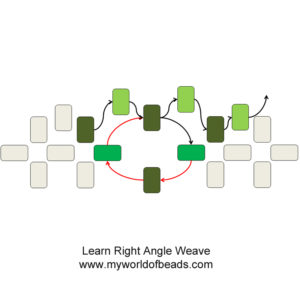
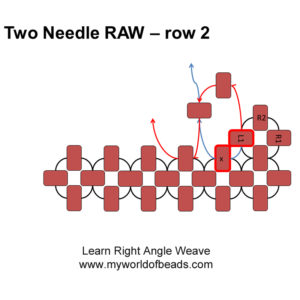
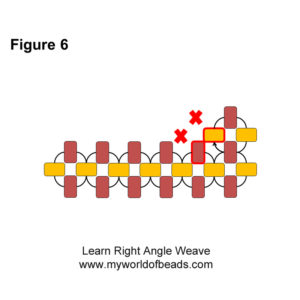
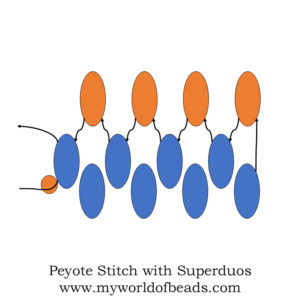
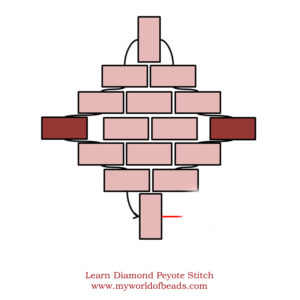
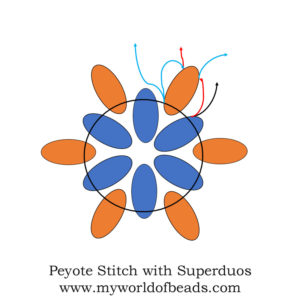
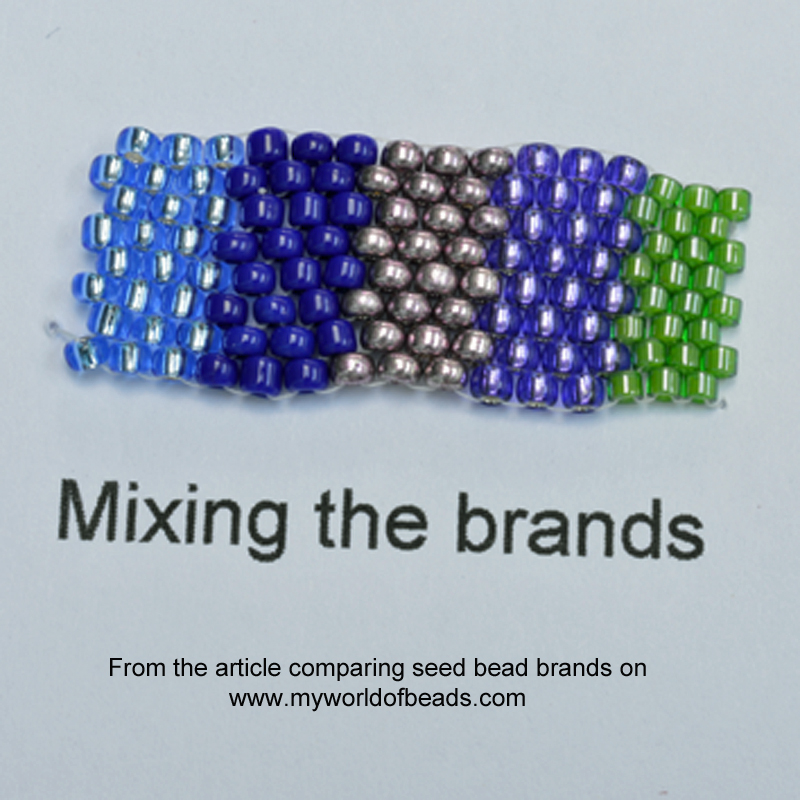








The question is not how fast do you bead but rather how many times do you “ribbet” a project. I have made and taken apart your lovely sea box with the fish 3 (three) times. The lid does not fit the box. Something is not correct with my following of your directions. Put it away last June. Will try again this June.
It might also slow you down if you watch TV or have a pet to contend with. I bead faster without the TV on when my cat is asleep.